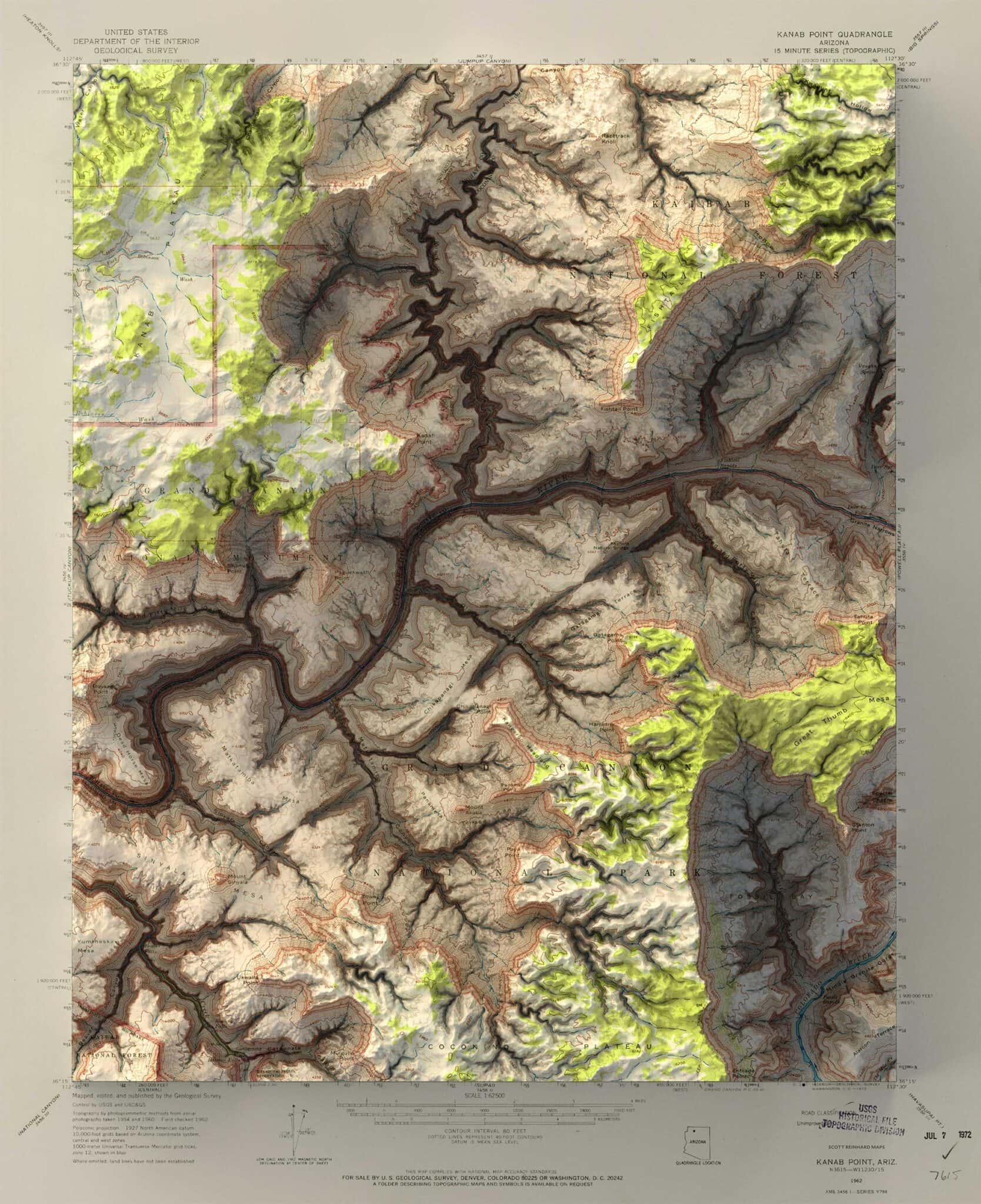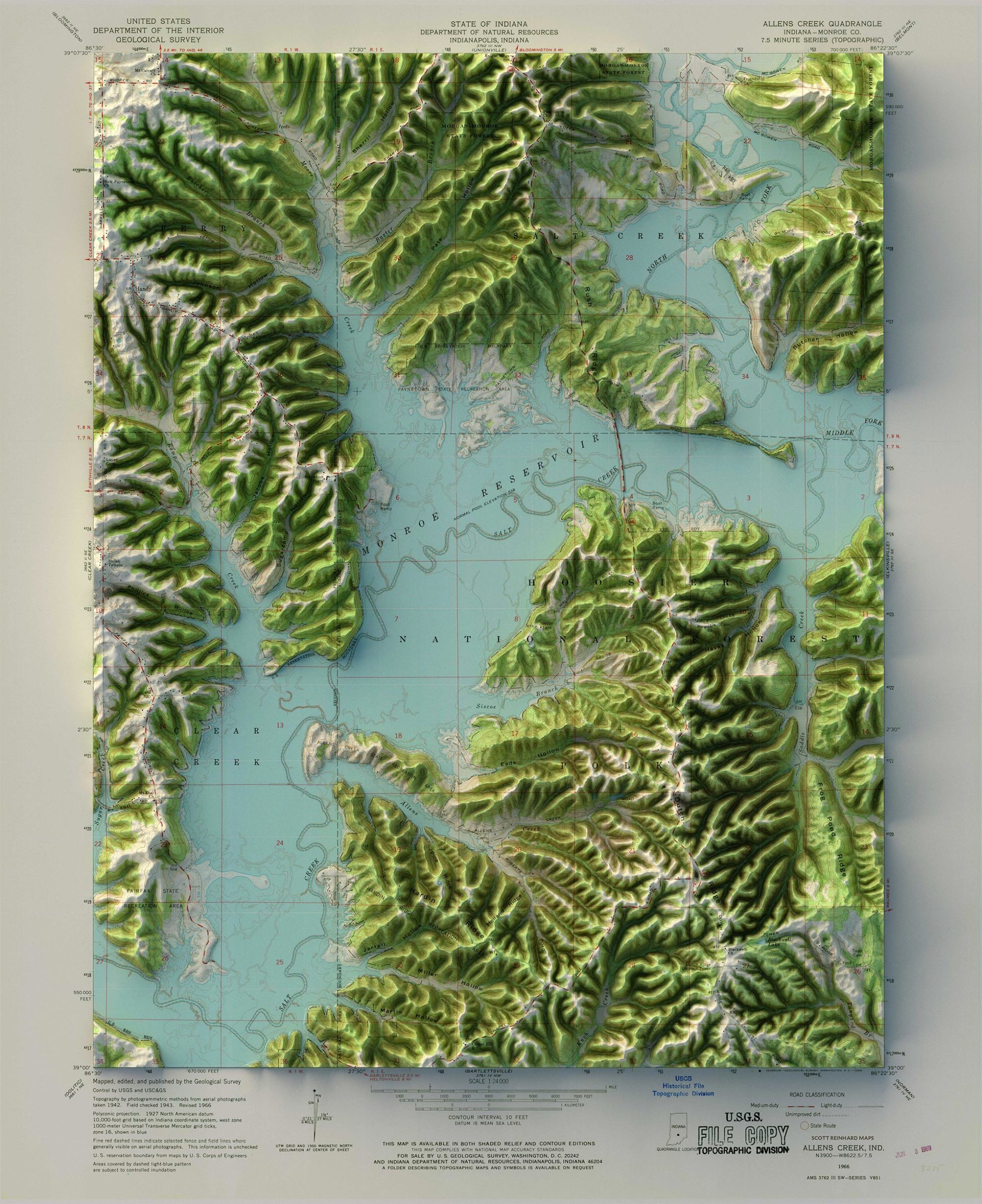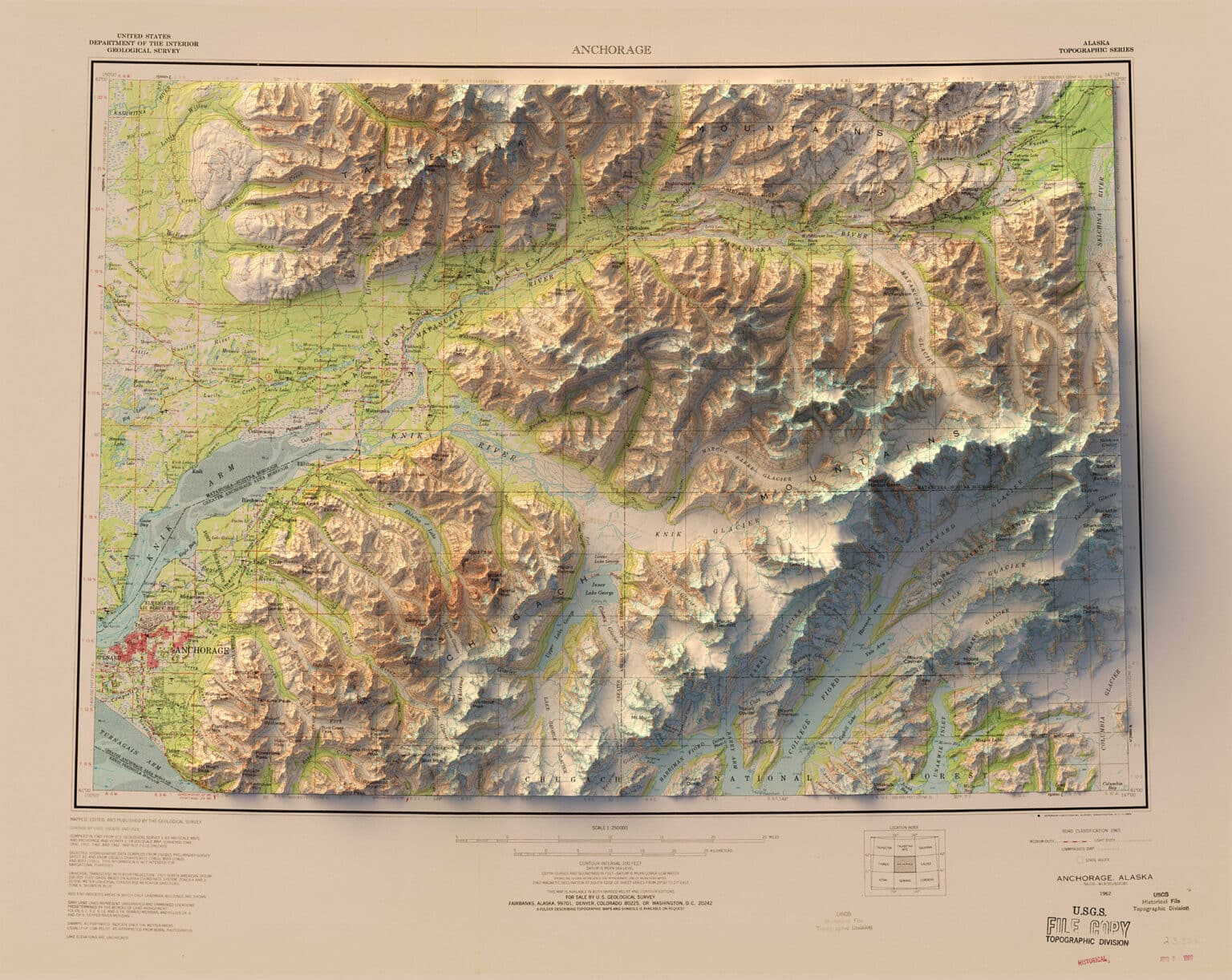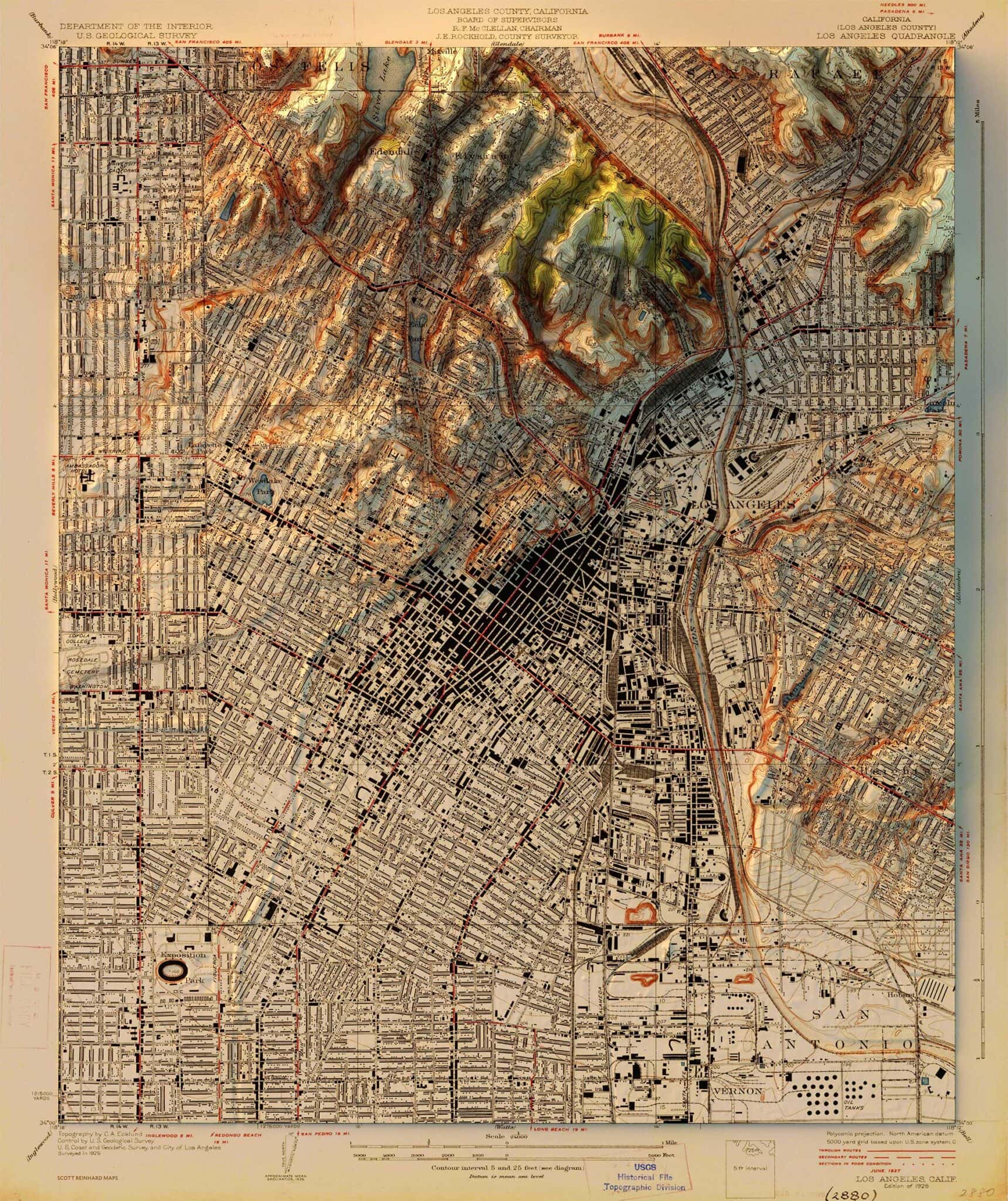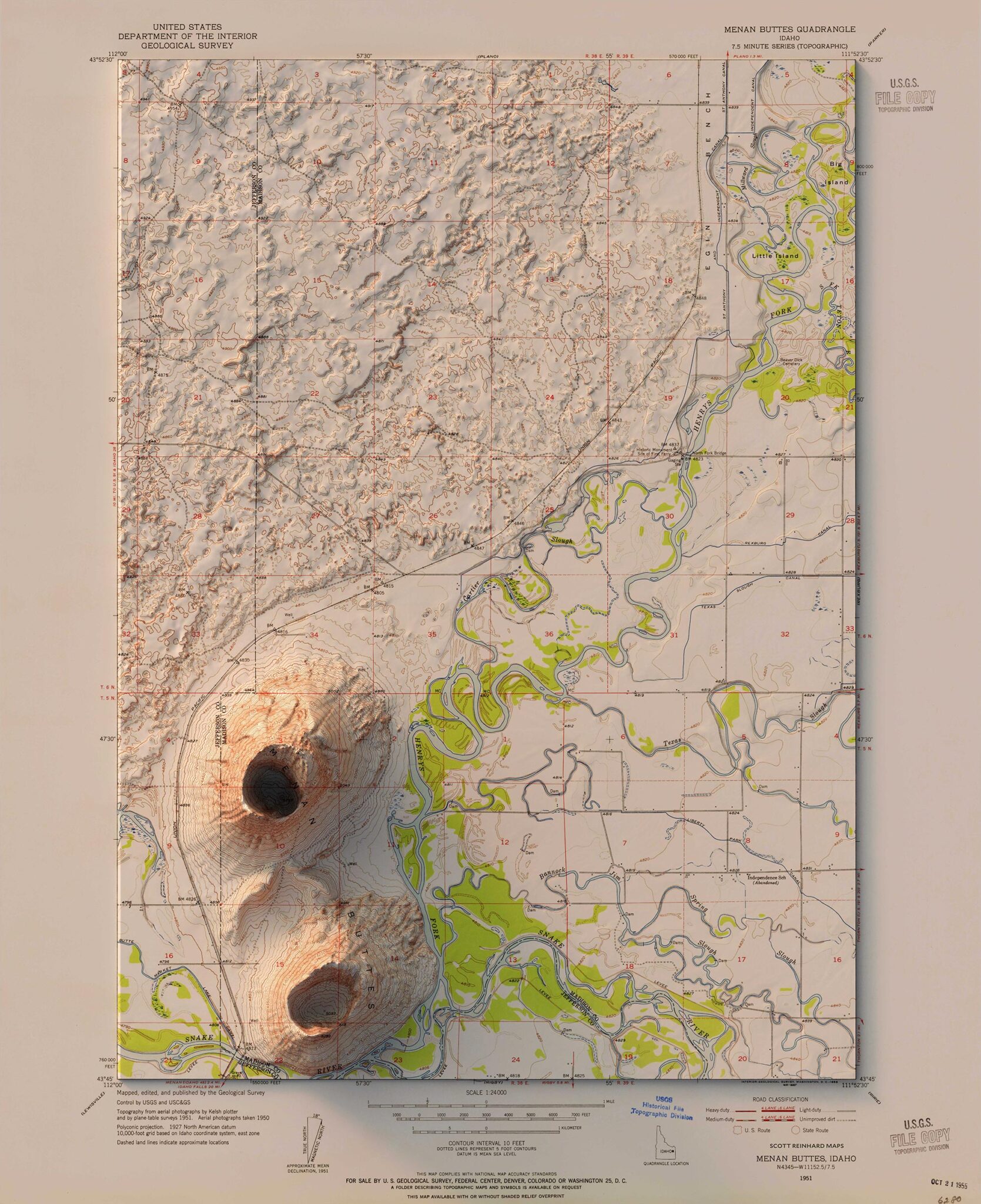By day, Scott Reinhard creates graphics for The New York Times. He recently produced a USA map outlining where residents ran away throughout the pandemic and one more demonstrating how the Pantanal swampland in Brazil has changed right into a colossal snake pit. Integrating an ever-growing amount of information, his day-to-day activities are linked to the variations of headlines cycles. Yet in his off-hours, the Brooklyn-based graphic designer takes a more comprehensive take a look at the state of the country. He combines classic maps and modern altitude information, producing spectacular digital illustrations that squash the differences of time and room right into combination things. While his visuals for The Times are rooted in the ever-changing present-day, his personal work is snuggled within historic contexts. Reinhard’s passion for information and map-generation expanded while he was seeking a master’s degree in graphic design at North Carolina State University, especially throughout an initial training course focused on geographical information systems.“I basically became aware of all these cartography tools that I had no idea about. Because I wasn’t coming from that background, I was free to play around… and approach visualizing geographic data in new and interesting ways,” he states. That speculative time period stimulated Reinhard’s concepts of merging historic maps and modern land altitudes, and he started discovering filtering, a cartographic technique that determines academic sunlight and gives information concerning matching landscapes. “It’s pretty crude, but it really fascinated me that from a flat, black-and-white image, which is basically what elevation data looks like, you could interpolate this scene,” he shares, noting that he began to work with 3-D renderings around the same time. “That data that’s stored in a paper map can still be activated.”
Website: https://scottreinhardmaps.com/
